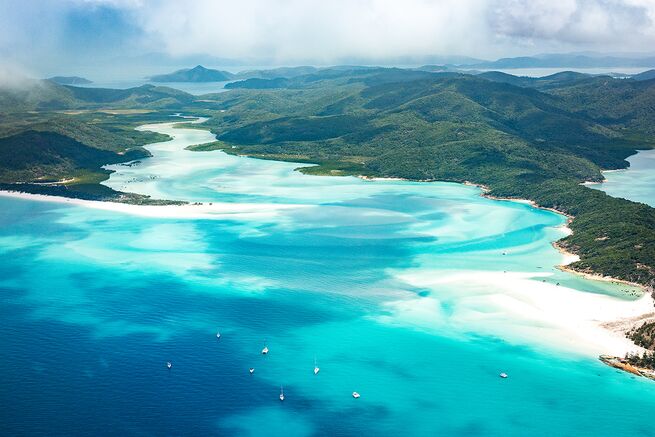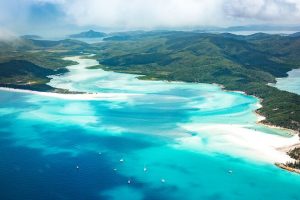An unprecedented network of underwater rivers has just been discovered off the coast of Australia.
The phenomenon, called a dense shelf water cascade, has been observed elsewhere in the ocean, but not at the scale scientists have found in Australia’s continental shelf. So far, they’ve found over 6,200 miles of rivers surrounding the continent’s coastline.
“This is the most significant discovery for coastal oceanography in recent decades, not only in Australia but globally,” says Chari Pattiaratchi, a University of Western Australia oceanographer, in a news release.
Dense shelf water cascades are formed when water density changes near shore.
In the summer, more water evaporates and there is less freshwater flow from rivers, making coastal waters saltier and thus denser. When temperatures cool, this saltwater sinks, and gravity pushes the heavy water offshore along the seabed, creating a network of undersea rivers.
The data researchers used to discover this phenomenon was obtained by ocean glider submersibles. Over 126 glider missions were carried out across eight regions between 2008 and 2019. The missions showed that the rivers were more prominent in winter months due to the changing weather patterns.
What’s more, sensors on the submersibles were able to detect organic matter and chlorophyll, which showed that these rivers play an important part in moving coastal materials to the deep ocean.
“The coastal ocean is the receiving basin for suspended and dissolved matter that includes nutrients, plant and animal matter and pollutants and represents an important component of the ocean environment, connecting the land to the deeper ocean,” says Yasha Hetzel, a researcher at The University of Western Australia’s Oceans Graduate School, in the release.
Source: Sport Diver








